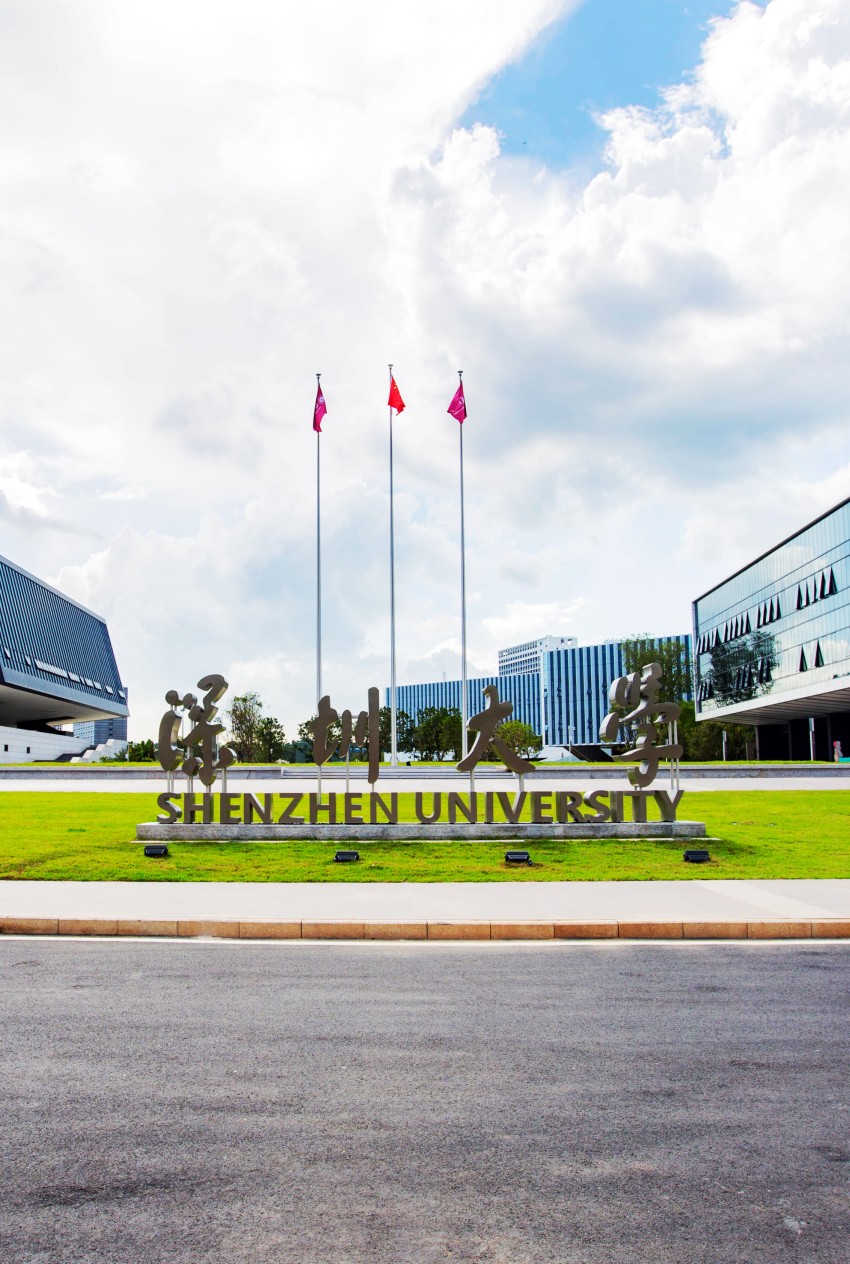The transition metal complexes of harvesting all the electrically generated singlet and triplet excitons have successfully acted as triplet emitters in organic light-emitting diodes (OLEDs) for full color display and solid-state lighting applications. Owing to the facilely accessible metal-to-ligand charge transfer excited states, the Ir(III) and Pt(II) complexes with strong spin-orbit coupling (SOC) facilitate fast intersystem crossing from lowest excited singlet (S1) to triplet (T1) state and then a rapid radiative decay from T1to ground state (S0), resulting in short excited-state lifetimes (τ) and high luminescence quantum efficiencies. However, only the third-row transition metal complexes have been capable of emanating efficient phosphorescence spanning the entire visible spectrum. The second-row transition metal complexes usually exhibit a much weaker SOC effect and lack of an efficient radiative decay process from T1→ S0. Additionally, the slow radiative decay rates bound to their triplet ligand-centered nature may induce excited-state structure distortion and prohibit the realization of stable devices. It is still challenge to simultaneously attain decent luminescence efficiencies, short excited state lifetimes and stable excited state structures for the second-row transition metal complexes.

In response to the above issues, a deliberate molecular design of thermally activated delayed fluorescence (TADF) Pd(II) complexes by using donor-acceptor (D-A) type ligands in which only the donor moieties coordinate to the metal atom was proposed by the team of Professor Kai Li and Professor Chuluo Yang from Shenzhen University. The metal perturbs the dynamics of intraligand charge-transfer (ILCT) excited state through enhancing the SOC effect and reducing the ΔEST, giving TADF characteristics of Pd(II) complexes with rapid radiation decay. Intramolecular noncovalent interactions includingπ···π, C-H···πand Metal-πcan improve the stability of luminescent transition metal complexes. Specifically, two orange and red TADF Pd(II) complexes with excited-state lifetimes of 0.97−2.19 μs were achieved by selecting 3,6-di-tert-butylcarbazole (Cz) as the electron-rich segment of the D-A ligands and dibenzo[a,c]phenazine (DBPZ)/triphenyltriazine (TRZ) as the acceptors. OLEDs using these Pd(II) complexes exhibited maximum external quantum efficiencies of 28.8 to 30.1% and small roll-offs down to 1% at 1000 cd m−2. Moreover, the Pd(II) complexes show exceptional operational stability with LT90values over 1010 hours at 1000 nit, benefiting from the use of strong σ-donating D-A type ligands and the presence of multiple intramolecular noncovalent interactions beside their short emission lifetimes.
Recently, a research paper titled "Highly Efficient and Stable Thermally Activated Delayed Fluorescent Palladium(II) Complexes for Organic Light-Emitting Diodes" was published online on June 14, 2023, in the prestigious chemistry journal Science Advances. This work received strong support from the National Natural Science Foundation of China, the Guangdong Provincial Committee of Basic and Applied Basic Research, the China Postdoctoral Science Foundation, and the Shenzhen Municipal Science and Technology Innovation Committee. Kai Li acknowledges support from the Department of Science and Technology of Guangdong Province. Please refer to the following link for the full text:https://www.science.org/doi/10.1126/sciadv.adh0198.
